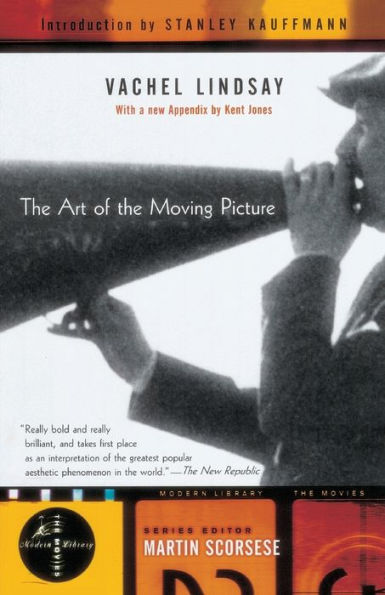Read an Excerpt
INTRODUCTION
by Stanley Kauffmann
"This is a joyous and wonderful performance," said Francis Hackett when he reviewed this book in the New Republic of December 25, 1915. He then went on to call it "a bold and brilliant theory, really bold and really brilliant, and takes first place as an interpretation of the greatest popular aesthetic phenomenon in the world."
Hackett was certainly not alone in praising the book. Gordon Craig, the great man of the theater whom Lindsay urges to enter films, wrote to the author from-Rome suggesting that they found a film studio together. D.W. Griffith was moved to ask Lindsay to be his guest at the New York premiere of Intolerance. Victor 0. Freeburg, who taught what surely must have been one of the first college film courses-at the School of journalism of Columbia University-used the book as a text. Herbert Croly, the editor of the New Republic, invited Lindsay to be the magazine's film critic. (Lindsay wrote occasional reviews during 1917.) Comment on the book was wide and intense.
But it has virtually disappeared. Although most film historians know the book, very few contemporary film enthusiasts, in my experience, are even aware of its existence. It has been out of print for many years. The revised edition of 1922, reprinted here, is scarcer than the original of 1915. Lindsay's biographers pay it scant attention. Edgar Lee Masters, who published a biography of Lindsay in 1935, disparages The Art of the Moving Picture. Eleanor Ruggles, who published a biography in 1959, does not deal with it in any significant way. Yet, out of the mass of Lindsay's poetry and prose, this may be the work most worthy of survival. And in the field of film aesthetics, it is the first important American work, still important.



